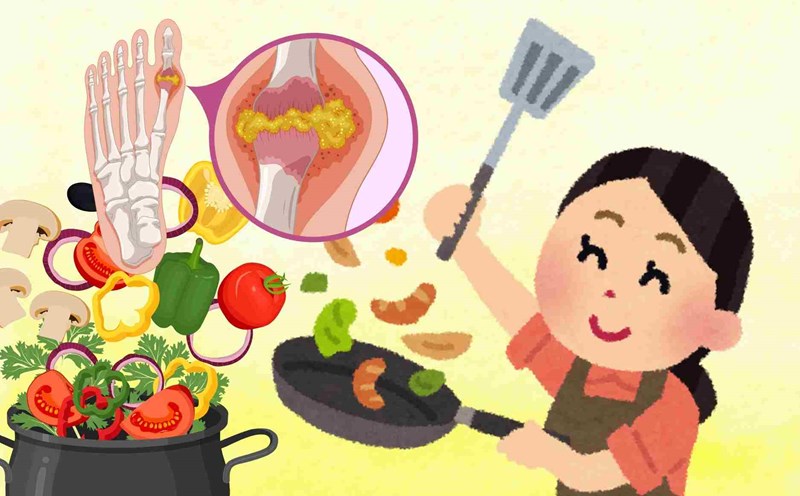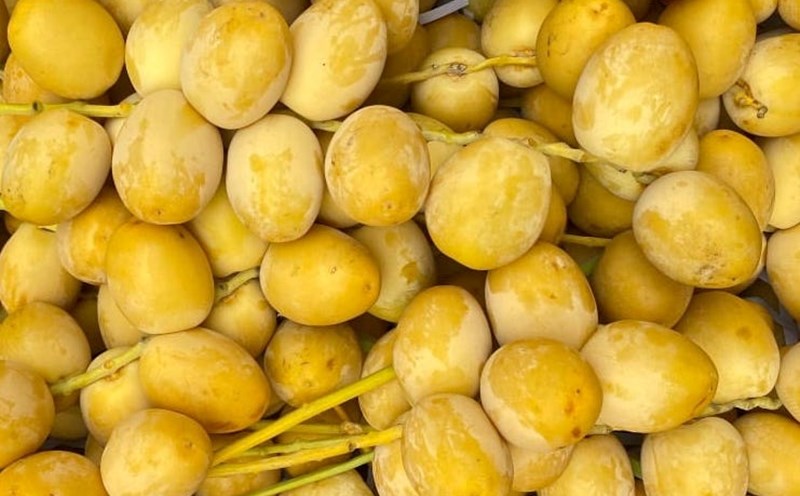Uric acid is a byproduct of purine metabolism, a compound found in red meat, animal organs and some types of seafood.
According to Dr. Haricharan G, Head of the General Internal Medicine Department, Gleneagles Hospital (Hyderabad, India), when uric acid levels increase, the risk of gout, arthritis and kidney stones also increases.
Dr. Vishal, a urologist at Fortis Hospital (India), said that in the summer, the risk of increased uric acid in people who already have a foundation for disease is higher. The two main factors are a diet rich in purines and common dehydration during the hot season, making it difficult for the kidneys to excrete uric acid.
Silent risks and warning signs
According to Dr. Chaitanya Kulkarni, General Internal Medicine Specialist at Kokilaben Hospital (Navi Mumbai), excess uric acid can crystallize in urine, creating kidney stones or accumulating in joints, causing inflammation and pain. Warning symptoms include sudden joint pain, swelling, redness, and a feeling of heat in the joints, especially in the big toes.
The pain can be so severe that just a light touch to the skin can cause discomfort. If these symptoms recur, patients should quickly have a blood test to check uric acid levels, the normal level ranges from 3.4-7.0 mg/dL in men and 2.4-6.0 mg/dL in women.
How to control uric acid in the summer?
Dr. Vishal recommends some simple but effective measures:
Drink enough water: Helps the kidneys excrete uric acid more effectively, especially during hot days when they are prone to dehydration.
Reasonable diet: Limit organs, seafood rich in purines, sugary drinks and alcohol. Prioritize fruits, green vegetables, whole grains, and low-fat dairy.
Maintain a reasonable weight: Obesity is a higher risk because fat cells produce more uric acid.
Increase fiber: Increasing fiber helps balance insulin and contributes to stabilizing uric acid levels.
Doctors note that although high uric acid does not always cause immediate symptoms, if subjective, the consequences can be serious. Summer with rich meals and dehydration will be a special time to note for high-risk groups.











